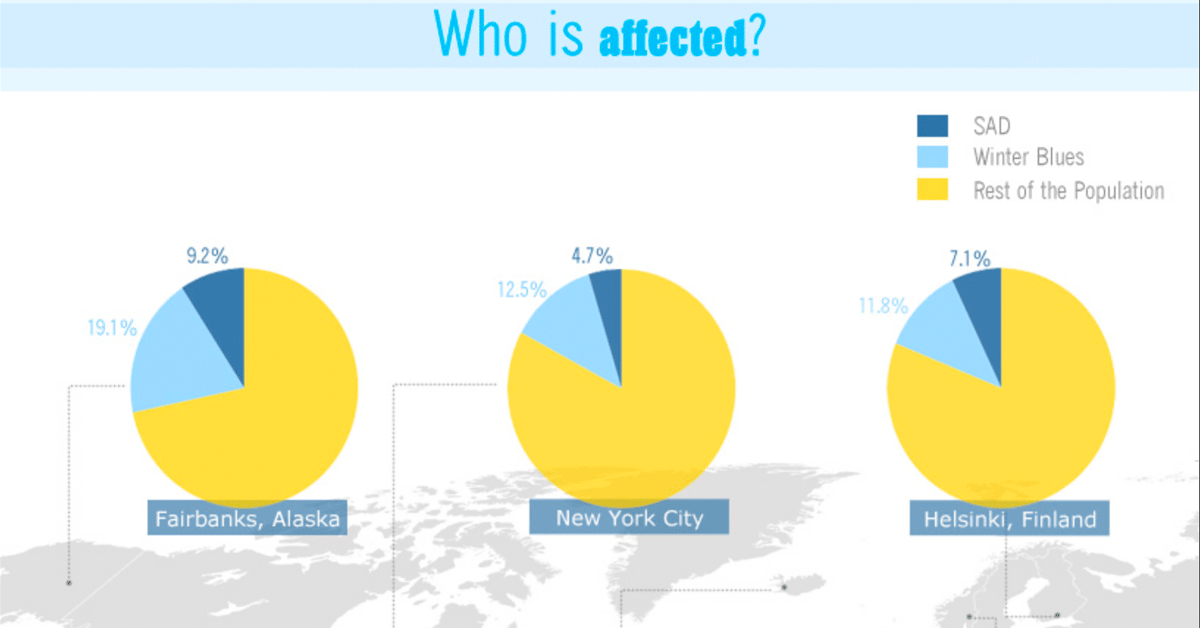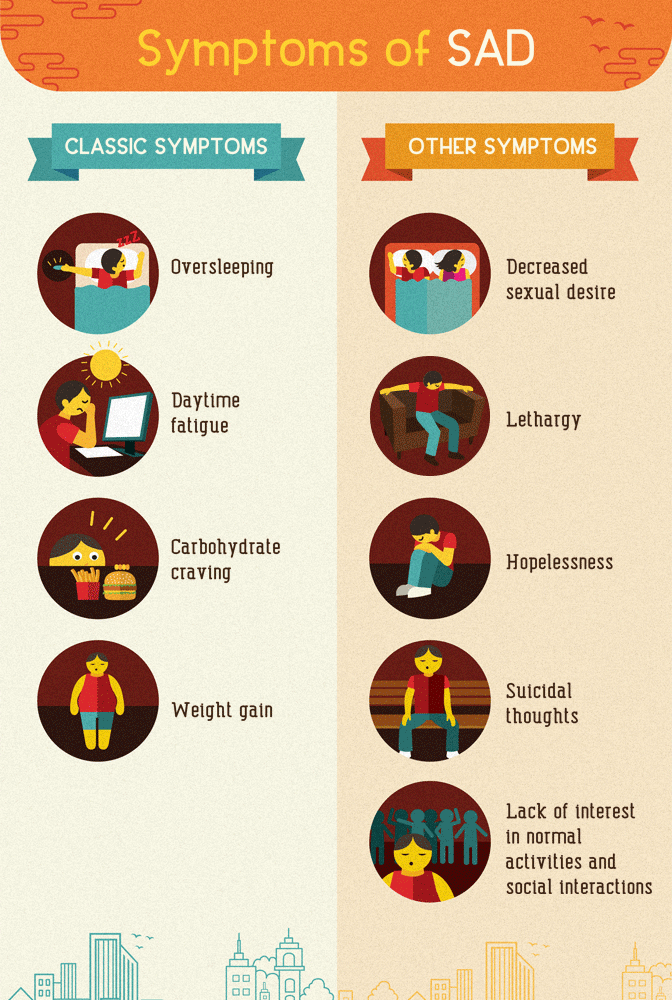
The term precertification here means the utilization review process to determine whether the requested service, procedure, prescription drug or medical device meets the company's clinical criteria for coverage.Should the following terms and conditions be acceptable to you, please indicate your agreement and acceptance by selecting the button below labeled "I Accept". In the event that a member disagrees with a coverage determination, member may be eligible for the right to an internal appeal and/or an independent external appeal in accordance with applicable federal or state law. Medical necessity determinations in connection with coverage decisions are made on a case-by-case basis. Please note also that the ABA Medical Necessity Guide may be updated and are, therefore, subject to change. Some plans exclude coverage for services or supplies that Aetna considers medically necessary. The member's benefit plan determines coverage. The conclusion that a particular service or supply is medically necessary does not constitute a representation or warranty that this service or supply is covered (i.e., will be paid for by Aetna) for a particular member. Members and their providers will need to consult the member's benefit plan to determine if there are any exclusions or other benefit limitations applicable to this service or supply. Members should discuss any matters related to their coverage or condition with their treating provider.Įach benefit plan defines which services are covered, which are excluded, and which are subject to dollar caps or other limits. Treating providers are solely responsible for medical advice and treatment of members.

The ABA Medical Necessity Guide does not constitute medical advice.

The Applied Behavior Analysis (ABA) Medical Necessity Guide helps determine appropriate (medically necessary) levels and types of care for patients in need of evaluation and treatment for behavioral health conditions.
Seasonal affective disorder infographic free#
Here is an interesting infographic about SADĬontact Us for a free telephone consultation and further information.By clicking on “I Accept”, I acknowledge and accept that: Lightwave Stimulation (LWS) light therapy has been used at our Centre with benefit to some clients. Colour Visual Fields of Awareness frequently expand following therapy and this seems to correlate to improved performance. Lightwave Stimulation may be a quicker, more effective and longer lasting way to achieve improved performance. The thinking behind this is that by stimulating the non visual receptors in the eyes with low intensity, pulsed, coloured light, it enables better utilisation of normally available light rather than requiring increased levels of light. An alternative to this is to stimulate the receptors in the eyes for relatively short periods. This, however, has to be generally repeated each day for up to eight months of the year. Many people suffering from Seasonal Affective Disorder (SAD) will find some relief from the symptoms by looking at bright light sources for between 20 minutes and one hour each day, using a ‘light box’.
Seasonal affective disorder infographic professional#
Please note: The information on this site is NOT intended as medical advice NOR is the Light therapy referred to intended as an alternative to professional medical advice. Unlike depression, the SAD symptoms generally disappear in the Spring or early Summer. Like depression, Seasonal Affective Disorder (SAD) can be a serious, disabling disorder that prevents people from functioning normally and may require medical attention.

Overeating, weight gain or eating disorders.Some signs of Seasonal Affective Disorder include: it is estimated that up to 10 % of the population is affected to some extent. SAD is rare in the tropics, but is significant at latitudes of 30° and higher. Most SAD sufferers experience normal mental health throughout most of the year, but may experience some depressive symptoms in the winter. It is estimated that about 20% of all Swedes are affected, and it seems to be hereditary. The 6th century Goth scholar Jordanes first described it related to the inhabitants of Scandza (Scandinavia). It is caused by a biochemical imbalance in the brain due to the shortened hours of daylight and the lack of sunshine during the winter. Seasonal Affective Disorder (SAD) Seasonal Affective Disorder (SAD), also called ‘winter depression’ or ‘winter blues’ is a type of depression that generally occurs in the winter, between September and April in the Northern Hemisphere.


 0 kommentar(er)
0 kommentar(er)
